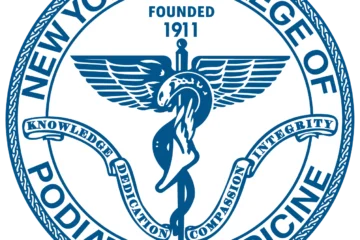The Fall 2018 edition of Vein Magazine features an article from Biomedix titled: 4 Critical Reasons to Expand Your Collaborative Care Network with Non-Invasive Vascular Assessments.
Highlighting our collaborative care model, here are highlights from the 4 reasons we highlighted in this article.

The clinical burden of peripheral vascular disease
- Chronic, nonhealing wounds and complications affected 15 percent of all Medicare beneficiaries
- 80 percent of leg ulcers and nonhealing wounds are related to venous reflux disease
- Venous ulcers cause a loss of an estimated two million workdays per year
- Roughly 12.5% of workers with venous ulcers are forced into early retirement
- Deep vein thrombosis (DVT) affects approximately one million Americans each year
- DVT can be further complicated with Pulmonary Embolism, which contributes to at least 100,000 deaths annually
Peripheral vascular disease is a huge cost burden on the health system
- The cost of treatment for leg ulcers ranges from $28.1 to $31.7 billion annually
- Peripheral Artery Disease (PAD) costs the US $319 billion annually to treat and manage—more than diabetes, coronary artery disease, and cancer
The ABI alone isn’t sufficient to detect PAD
Since a common risk factor of peripheral vascular disease (PVD), including PAD and Venous Reflux disease, is Type-2 diabetes, a simple ABI (ankle-brachial index), may not be enough to identify PVD, since blood vessels may not be compressible at the ankles. In addition, we highlighted a case study involving a patient with high blood pressure who had a normal ABI since they had high blood pressures in their arms. This underscored the importance of utilizing pulse volume recordings (PVRs), to help identify hidden vascular disease.
PADnet features clinically equivalent diagnostic technology used in vascular labs
Biomedix also included a case study further proving the clinical accuracy of PADnet to identify PAD. A sample of patients was tested for PVD with PADnet, and compared reported blood pressures with handheld doppler, and found that the pressures were almost identical. In addition, PVRs were performed with both PADnet, and Parks Flo-Lab, and found the recorded amplitudes of the waveforms to be almost identical as well.
To access the full article and citations, visit: https://www.veindirectory.org/magazine/article/industry-spotlight/four-critical-reasons-to-expand-your-collaborative-care-network


